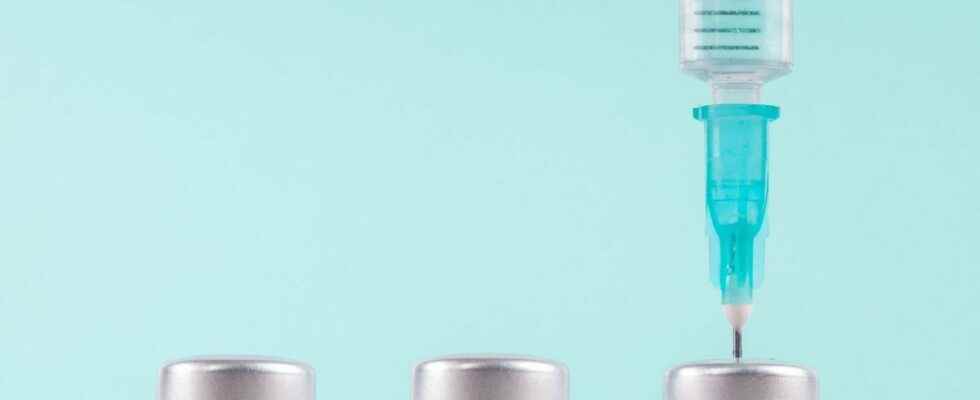Published ,
Reading 2 mins.
Pandemics have demonstrated this for decades: vaccination is a public health issue. With that of COVID-19, we have heard a lot about messenger RNA. For immunology researcher Béhazine Combadière, research director at Inserm, RNA is a step forward, but it will not replace all vaccines.
We’ve talked a lot about immunity with the pandemic, but how do the immune system and vaccines work?
The immune system is primarily made up of innate immunity, made up of cells that are able to eliminate pathogens as soon as they enter, eat them and kill them. This is not specific to a pathogen. Added to this is adaptive immunity, a system that will specifically recognize one or more pathogens.
Adaptive immunity has two arms. The “humoral” arm for antibodies, and the “cellular” arm, including CD8 lymphocytes which are capable of killing body cells that have been infected.
Antibodies are sort of the “final” measure of the immune system. When you vaccinate, you want to build an immune system with enough antibodies that can fight the pathogen and prevent infection. There are vaccines like for smallpox where infection is prevented. And others, like the flu, where vaccination does not prevent infection, but it is effective against severe forms of the disease. Added to this are large differences in response between individuals.
There are several vaccination technologies, how do you choose one option over another?
First, we must know the pathogen and identify the element or elements of the pathogen recognized by the immune system. The virus, to enter the cell, will use a key, that is what we are aiming for in developing a vaccine.
Once the sequence of a virus is known, we can choose the vaccine strategy: are we going to put this sequence in a recombinant viral vector (with the example of the adenovirus for the vaccine against Sars-Cov2) ? Are we going to consider that all the proteins of the virus are useful and in this case inactivate the whole virus? Or produce the target pathogen protein for a protein-based vaccine formulation? The strategies – vaccine based on recombinant virus, or inactivated virus – depend on the technologies available in private laboratories. The whole technological context is important, that’s why it’s complicated.
Would you say that the messenger RNA, at the base of the first vaccines against Covid-19 which were marketed, represented a revolution?
It is a revolution in the sense that a vaccine has been produced against a pandemic very quickly and very effectively.
But messenger RNA is only an additional tool that is added to the already existing platforms. Each platform has advantages and disadvantages. The advantage of RNA is that it is quick to produce, and that very strong immune responses can be induced.
This does not detract from the knowledge already acquired on other vaccine platforms, based on subunit proteins, viral vectors, which have also demonstrated their effectiveness and safety. RNA is not going to replace all other vaccines.
